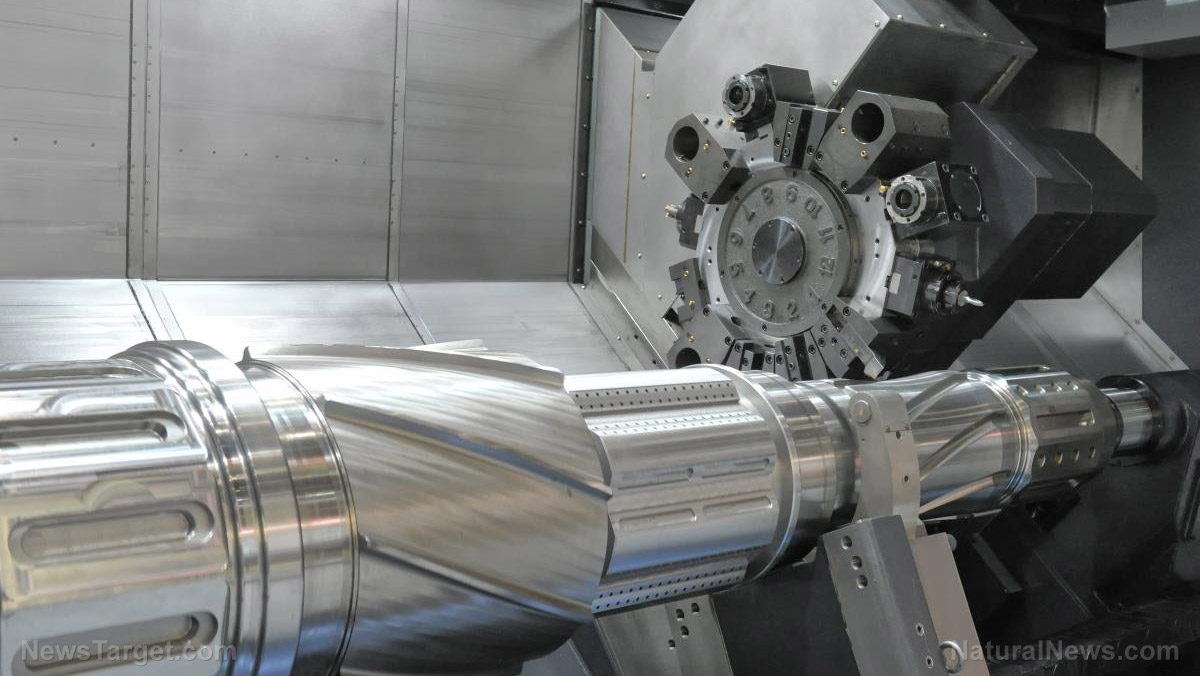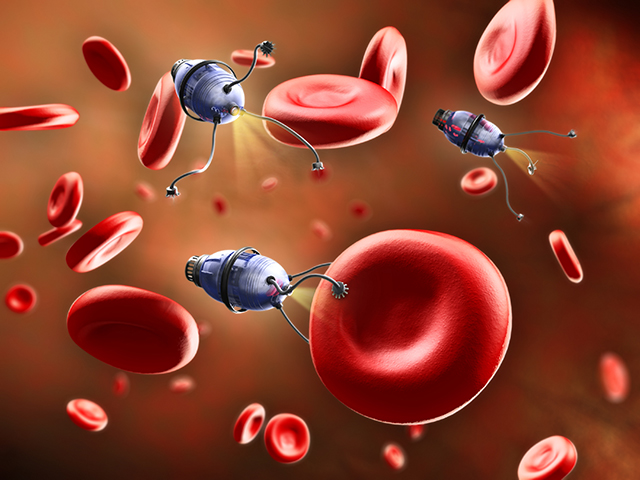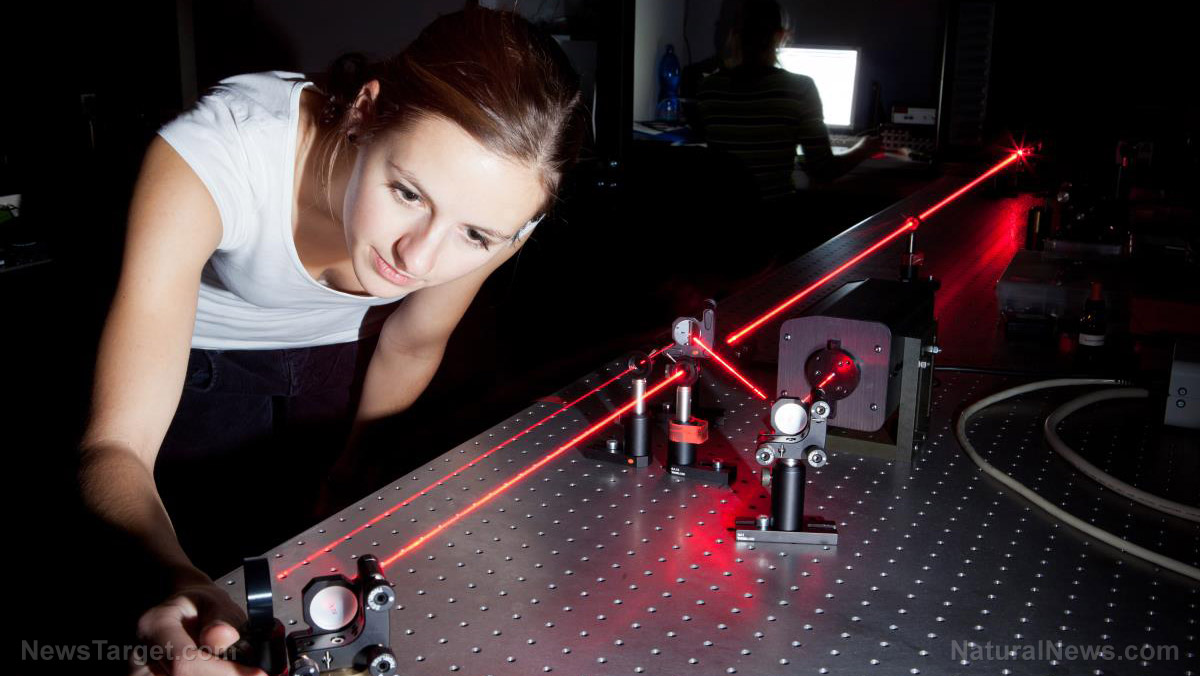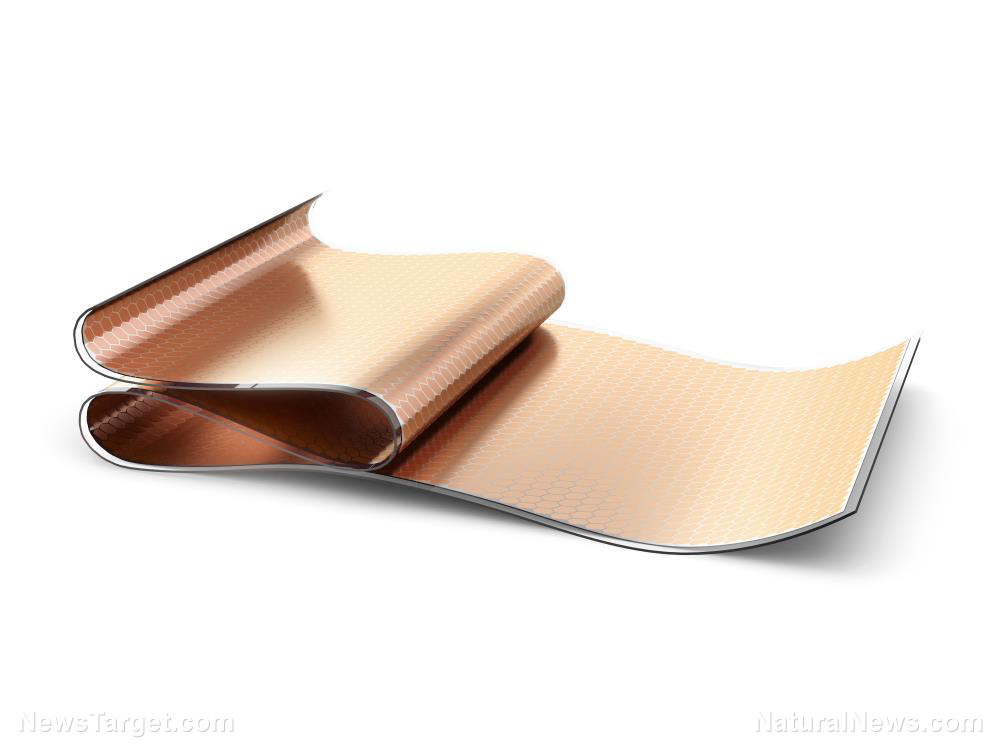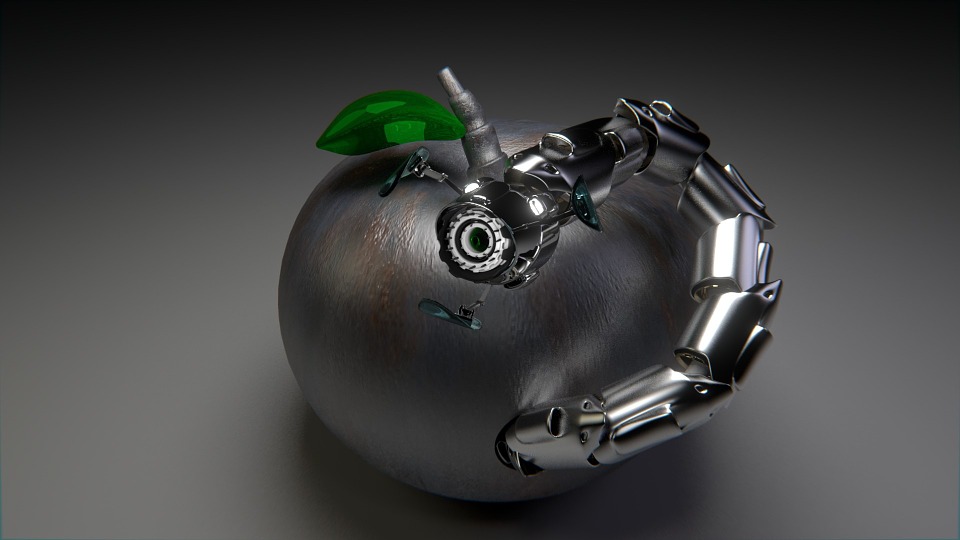Researchers develop plant-like soft robot that can mimic tendrils
05/01/2019 / By Edsel Cook

Italy now hosts the world’s very first soft robot that can move like the tendrils of a plant. Whereas other non-flying robots use mechanical limbs to scurry over surfaces, this one can curl around objects and climb surfaces like a vine.
The movements of the slender robot is powered by the same hydraulic system that hauls water through plants. It is expected to influence the design of wearable devices that can actively change their shape, such as soft braces that will automatically adjust themselves to fit over the teeth and gums of a patient.
It was developed by an Istituto Italiano di Tecnologia (IIT) team headed by renowned researcher Barbarra Mazzolai. Considered one of the most influential female experts in the field of robotics, she acted as the coordinator for the EU-sponsored soft robotics project “Plantoid,” which culminated in the creation of the first plant robot.
The members of the Plantoid research team specialized in different fields. Mazzolai is a biologist and microsystems engineer, while her colleagues Edoardo Sinibaldi and Indrek Must are an aerospace engineer and a materials technologist, respectively. (Related: Engineers develop a “soft robot” that uses responsive materials to swim through water.)
The world’s first plant robot uses the same hydraulic principle for movement
Plants are immobile, so they have connected the act of movement to their growth. Their shape constantly adapts to their surroundings, and the organs that are in contact with the air can move in complicated ways to improve the growth of the plant.
Carnivorous plants can close their leaves over their prey. Meanwhile, the tendrils of climbing plants can grow long enough to coil around an object – and can also uncoil if the supports aren’t adequate.
The IIT researchers examined how plants moved using their internal water transport system. Then they copied the system in a synthetic tendril.
The water transport system relies on the hydraulic principle of osmosis. This is driven by the tiny particles in the cytosol, the fluid found inside the cells of plants.
First, the researchers figured out the right size for a soft robot that is powered by hydraulic osmosis. Then they built the robot to resemble a small tendril, which allowed it to perform the same reversible movements as a real plant.
Liquid-powered soft robot moves like a real climbing plant
The IIT-designed soft robot is a flexible tube made from plastic. It is filled by a liquid that contains ions. When an electric battery is hooked up to it, the ions will be drawn to the surface of flexible electrodes at the bottom of the tendril and trapped there.
The migration of the ions prompts the liquid to move as well. In turn, the liquid drives the robot plant to move as well. The motion can be reversed by disconnecting the battery, and the ions will return to the liquid.
Plantoid demonstrated that osmosis can drive reversible movements. Furthermore, it showed that soft robots can be tailored to their surroundings with greater ease. Plantoid was built using common materials – flexible fabrics and an ordinary battery – and it can safely interact with fragile objects or living organisms like humans.
The concepts used in Plantoid can be applied to many systems. Wearable technology derived from the plant robot can adjust themselves to fit the bodies of their wearers for greater comfort, while flexible robotic arms can move around environments with much less chance of damaging an object or hurting an animal.
Meanwhile, Plantoid itself is just the first step in adapting plant-based movement in shifting and random environments. Mazzolai’s research team are working on a new soft robot, “GrowBot,” that can identify the surfaces it touches, just like an actual climbing plant.
Sources include:
Tagged Under: breakthrough, discoveries, future tech, innovation, inventions, plant robots, plants, robotics, robots, Soft Robotics, soft robots, technology, wearable devices, wearable tech


